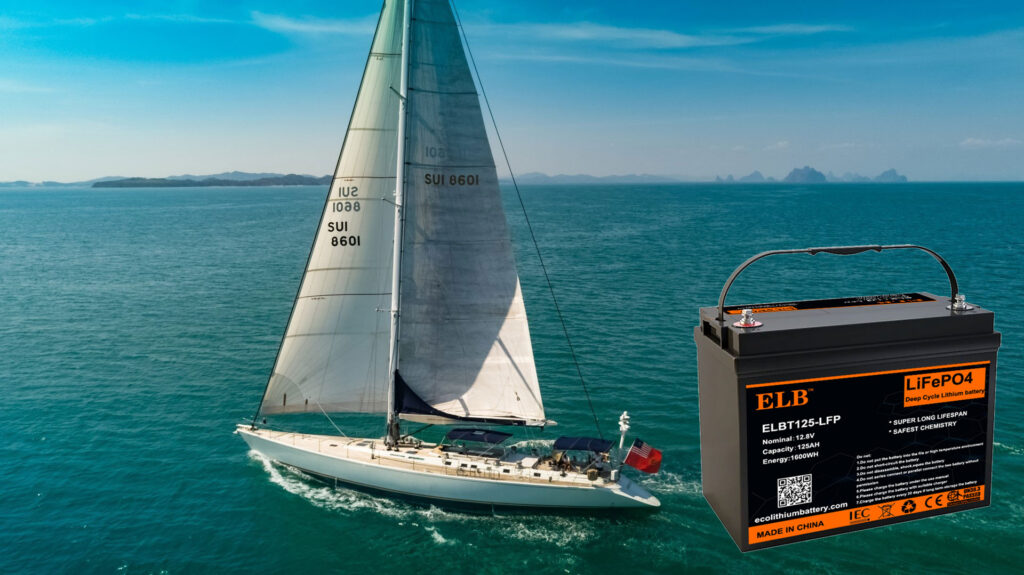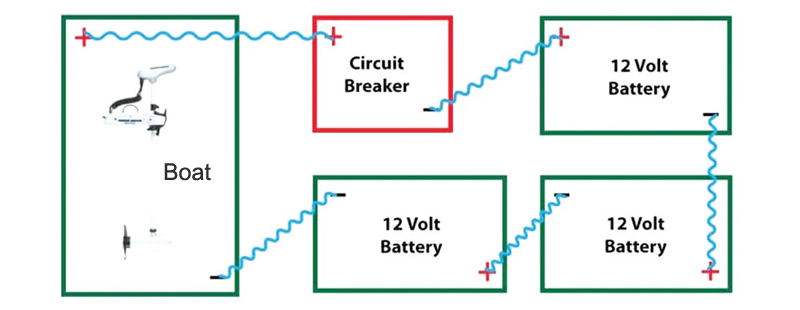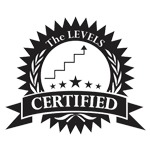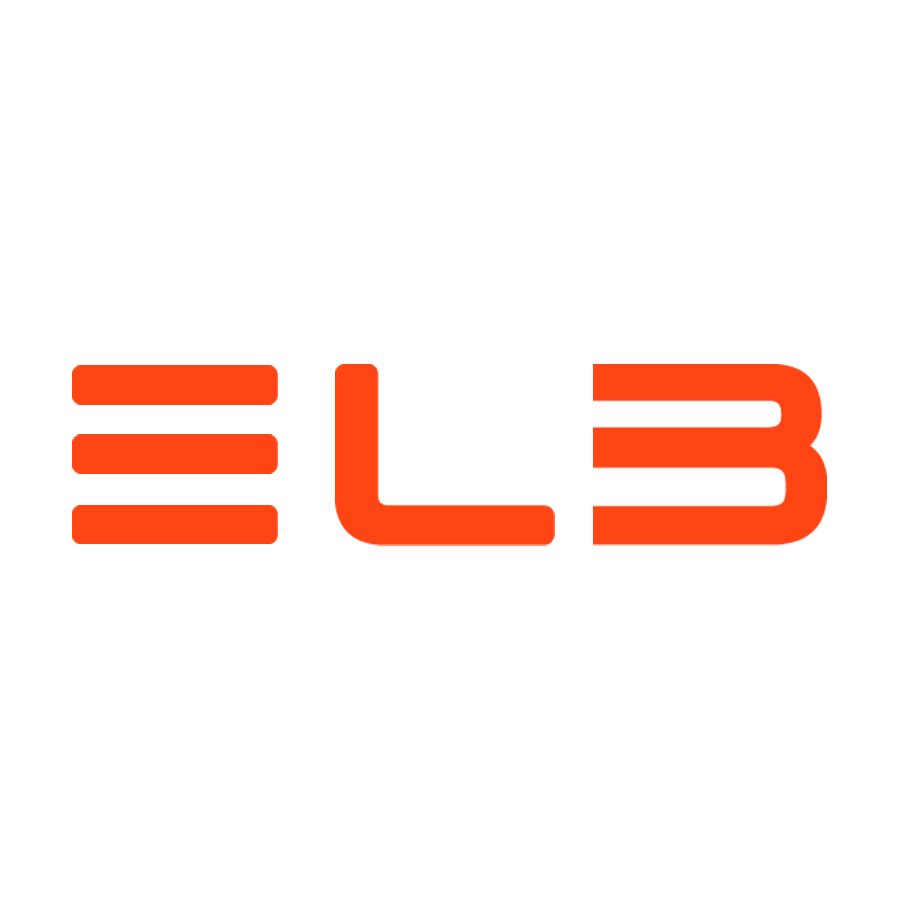
Boat batteries (Marine batteries) are specifically designed for use on boats,. Which are generally of solid construction designed to withstand the vibrations and impacts that can occur on any motorized boat.
Moreover, the power is different between different boats. And the electronic equipment used on the boats are different, so batteries with different capacities are also required. When it comes to powering gadgets like your GPS or fish finder, choose the right size boat battery and you won’t damage your valuable equipment or run out of power.
Because the space of the battery compartment inside different ships is different. Usually the battery size has to be designed according to the size of the ship’s battery compartment. ELB has been cultivating in the field of customized batteries services (Battery ODM and OEM) for many years. ELB can completely customize the battery size according to customer requirements.
What Is Lithium Batteries?
LiFePO4 batteries are a relatively new and fast-growing battery technology that generate power through a different process than traditional lead-acid batteries. In those older batteries, electricity was generated by the reaction of lead plates in a sulfuric acid solution.
Lithium batteries, by contrast, generate energy when lithium ions move through an electrolyte solution from the negatively charged anode to the positively charged cathode side of the battery. It might seem like a subtle distinction, but when it comes to lithium’s huge advantages over conventional battery technology, it has big implications.
Types of Boat batteries
There are three types of marine batteries:
- Marine starter batteries provide a quick and powerful burst of energy for short periods of time. we always use it to start the engine and charge quickly through the engine alternator. The starter battery should not be used for the trolling motor or to power the equipment.
- Marine deep cycle batteries are designed to discharge slowly over long periods of time and withstand hundreds of charge and discharge cycles. Deep cycle batteries are the right choice for powering electric trolling motors and other battery-operated accessories such as audio systems, winches, depth sounders, fish locators and apps. Normally we should not mix deep cycle batteries and starter batteries.
- Marine dual-purpose batteries combine the performance of a starter battery and a deep-cycle battery, making them a good choice for small batteries when there is no room for two. While they are capable of performing the tasks of a starter battery and a deep cycle battery, they are not as efficient as a battery alone.
What Are The Best Lithium Boat Batteries?
High-quality lithium iron phosphate chemistry (Also called LiFePO4 or LFP batteries) is the best choice for boat batteries. ELB always to provide the safest, most reliable batteries for all boat applications.
We manufacture stronger, safer batteries, available in a variety of sizes and specifications. So, whether you only get occasional weekend getaways or live aboard your boats full-time, ELB has batteries and battery kits tailored for sailing use.
Advantages Of LiFePO4 Lithium Boat Battery
Lightweight And Compact
The electrodes (lithium and carbon) commonly used in lithium-ion batteries are inherently light. Making them smaller and lighter than older batteries such as lead-acid batteries. For comparison, a typical 100Ah (= amp hour) Li-Ion battery weighs about the same as a 40Ah lead-acid battery (about 10-12kg). But has more than twice the capacity.
100% Depth Of Discharge (DOD)
Maximize your energy potential with 100% Depth of Discharge. This means that you can use 100% of the battery’s capacity to power your specific needs. Lead-acid/ AGM batteries slowly decrease their power and performance while the charge depletes.
High Energy Density
Lithium has the ability to release and store large amounts of energy. Enabling lithium-ion batteries to package high energy capacity in a small size. This means that a lithium-ion battery of the same weight will last much longer between charges than other rechargeable batteries. While still maintaining its high level of performance.
Low Maintenance
Older rechargeable battery types, such as nickel-cadmium or nickel-metal hydride batteries, have what’s called the “memory effect” or “inert cell effect”. If repeatedly partially discharged before charging, the final battery can only supply locally before the voltage drops. Energy used during discharge. To avoid this, we need to fullly discharge NiCd and NiMH batteries and recharge them on a regular basis for maintenance.
Lithium-ion batteries don’t suffer from memory effect, which means they always use up the last bit of charge. Whether you’re using 100% or 25% capacity, you can charge them without tedious maintenance!
Long Lifespan
High-quality ternary lithium-ion batteries last for about 1000 full charge cycles. And lithium iron phosphate batteries last for about 4000 full charge cycles. A full charge cycle is when the battery is discharged to depletion and then charged to full.
So using the battery until it reaches 75% capacity and then plugging it in to charge does not constitute a full charge cycle.
When your battery is recharged, you can still use 75% of the charge remaining before charging; only then your battery complete a full charge cycle.
Low Self-discharge Rate
Lithium-ion batteries also have relatively low self-discharge rates. Self-discharge is a natural, irreversible phenomenon for batterie. Where chemical reactions inside the battery reduce the capacity of the battery, even when we do not use the battery. The self-discharge rate of Li-ion batteries peaks at around 3% in the first 24 hours after charging. And then gradually decreases to 1-2% per month. In comparison, nickel-based rechargeable batteries lose about 10-15% of their capacity after charging, and another 10-15% per month.
Lightweight And Compact
The electrodes (lithium and carbon) commonly used in lithium-ion batteries are inherently light. Making them smaller and lighter than older batteries such as lead-acid batteries. For comparison, a typical 100Ah (= amp hour) Li-Ion battery weighs about the same as a 40Ah lead-acid battery (about 10-12kg). But has more than twice the capacity.
How To Install The Lithium Battery In a Boat/Marine?
ELB design the batteries to suit your specific power needs, so you can link multiple batteries together in series or parallel (or both!).
When you connect batteries in series(negative to positive), the voltage will increase while the amp hours remain the same (4 x 12V 100Ah batteries = 48V 100Ah total).
When you connect batteries in parallel (negative to negative and positive to positive), the amp hours will increase while the voltage remains the same (4 x 12V 100Ah batteries = 12V 400Ah total).
About the battery charging technology, please visit our article《Lithium Battery Charging: The Definitive Guide》

Where I Can Sourcing The Best Boat Lithium Batteries?
ELB technical team succeed to developed 12V 24V 36V lithium boat batteries already. If you wannt to do the customized lithium battery, please connect with us to provide the scheme and quotation.





